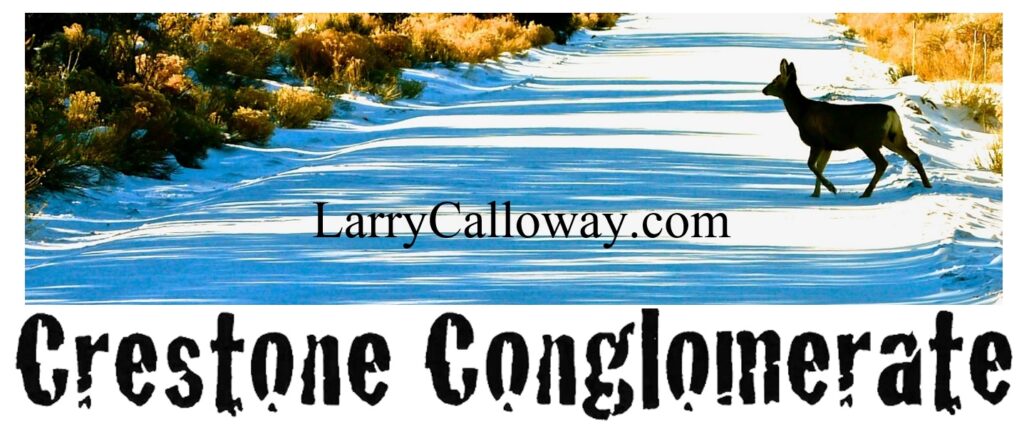In reviewing Sean Penn’s “Into The Wild” just after its premiere at the Telluride Film Festival I did not know that the opening was from a poem by Sharon Olds or that she collaborated on the voice-over narration. Like a prologue to a book, the poem defines the tragic story and along with the narrative gives it meaning.
The poem is called “I Go Back to 1937,” and it begins with the poet imagining her parents in college graduation photos, so innocent and dumb, about to get married. She wants to say, Stop! Wrong man, wrong woman. But they will go ahead and suffer and cause suffering beyond anything they could imagine and she “will tell about it.”
Another excellent writer, Anne Lamott, quotes this poem in its entirety in the last chapter of “Bird by Bird,” her wonderful book on life and writing. She says she used to pass it out at the last meeting of her writing classes along with the admonition to go ahead, write about your childhood. “Write straight to the emotional center of things. Write toward vulnerability. Don’t worry about appearing sentimental. Worry about being unavailable; worry about being absent or fraudulent.” I discovered the book recently and recognized the poem as what began the movie.
Penn directed “Into the Wild” and wrote the screen play, breathing life into the journalistic bestseller by Jon Krakauer. It’s a true story of Christopher McCandless (played by Emile Hirsch), a privileged and well educated young American famous for the manner of his death in the Alaskan wild 14 years ago. Ill prepared and unnecessarily lost, he starved to death seeking a pure land – the legendary American frontier.
A few lines by Krakauer about McCandless’ graduation from Emory College in the spring of 1990 are expanded into the character-defining opening that begins beautifully with the startling images of the poem. In the next few minutes Penn nails down the relationship between the parents (William Hurt and Marcia Gay Harden) and their two children, a tragic bond defined by the emptiness of money in the place of love, of ceremony in the place of truth.
From the time the story was published in “Outside” magazine, there has been impassioned argument about the character of Chris McCandless and what he represents, if anything. Was he suicidal? Was he plain stupid? How could he possibly qualify as a tragic American hero? Why even publish a story like this except to warn kids to learn map reading and buy lots of North Face products?
The answer – Penn’s answer, I suppose – is in the poem. A child of a monstrous union entertains a wish that she had never been born. The answer also is in one of the more creative adaptations from the book, the narration. We hear about Chris, not from the author of his story, but from someone who loved him and shared the family torment – his sister Carine (played by Jena Malone). She’s in the book, but more as a source than as a participant.
Carine, Malone, Penn and the poet Olds collaborated on the narration, working together in a San Francisco sound studio. The unique result is an action film with a literary voice. Young Chris, after all, took books into the wild along with his insufficient sack of rice and a rifle. A director going for a quick and dirty blockbuster would eliminate the literary context and the literary motivation. Penn enhances them.
Not to disparage journalists – and I am one – but the book is more study than story. Krakauer the journalist compares and contrasts Chris McCandless with others who died in the Alaskan wilderness and, inevitably, with Everett Ruess, and so forth. Krakauer writes down his worries about reaction to his first report in Outside magazine. He tells of his own troubled youth and how he was driven to seek adventure on the edge. He worries about his own role as a writer of “apologia for high risk activities.”
Penn goes beyond journalism, as he did in a characteristically testy news conference on the film. He is not concerned with any of these discussions. Escaping the self-consciousness limits that Anne Lamott talks about, the film goes straight to the heart. The opening sequence sets the mood, and the poem defines the opening.
